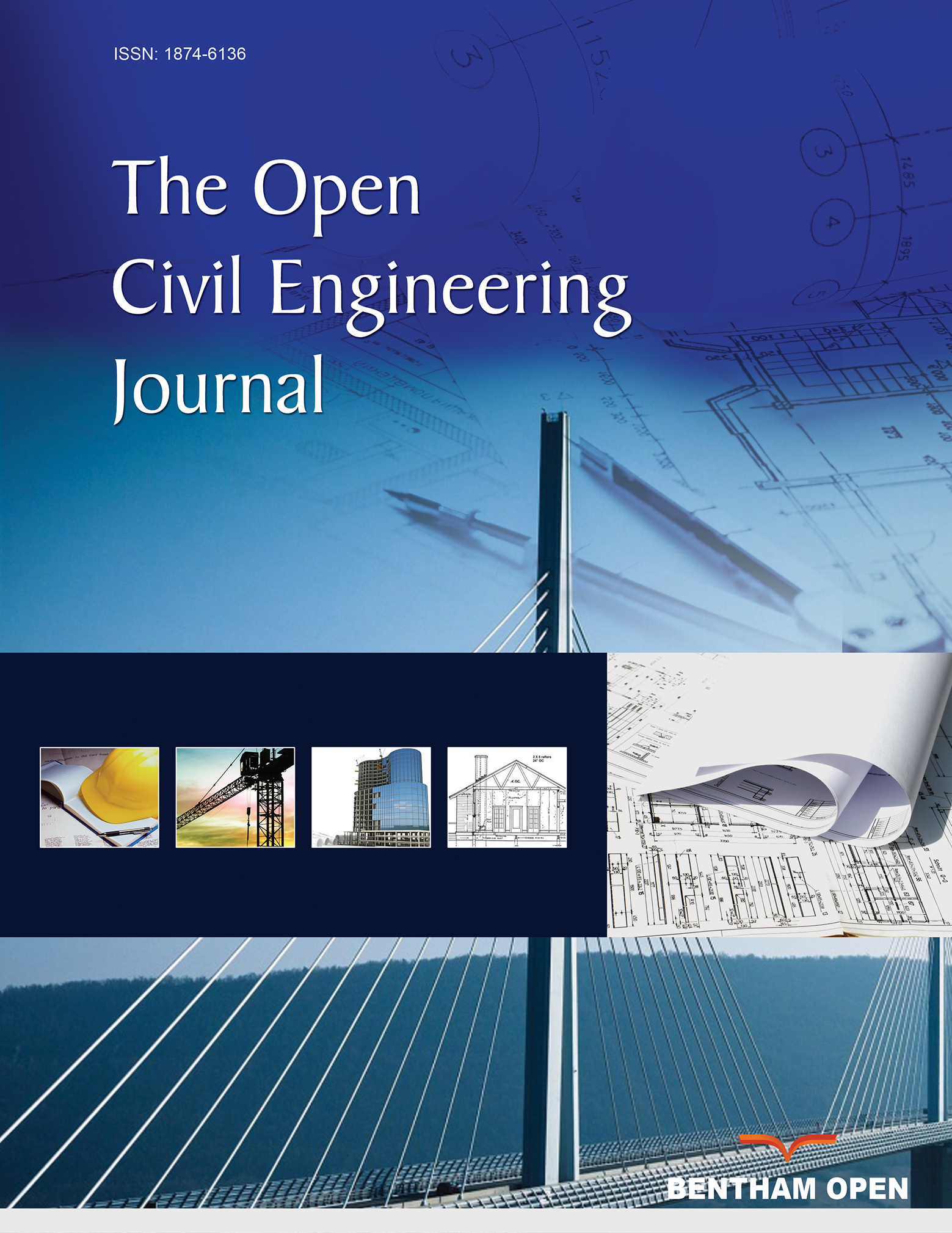All published articles of this journal are available on ScienceDirect.
Ability of Technologies to Collect the Positioning and Occupancy of Work Crews and Resources on Construction Job Sites
Abstract
Introduction
Efficiently updating construction schedules is vital for managing dynamic workflows. Traditional methods like Gantt charts rely on manual updates, but newer approaches, such as Chronographic Modelling and Dynamic Modelling of Occupancy Rate Scheduling (DMORS), require tracking spatial positioning and occupancy rates of teams and resources. Given the complexity of these tasks, emerging technologies are being adopted to enhance data collection.
Methods
This study reviews recent advancements in tracking construction site occupancy and spatial positioning. It categorizes these technologies into three main types: image and video capture, 3D point cloud generation, and sensor-based tracking systems. Each method is evaluated based on seven essential criteria: data collection speed, portability, accuracy, worksite impact, post-processing time, accessibility, and technology maturity.
Results
The research provides a selection framework for contractors, helping them choose the most suitable tools based on project size and complexity. High-precision tools like LiDAR and laser scanning are ideal for large contractors requiring detailed modelling, while smaller firms may prefer cost-effective solutions such as manual data collection with photos or videos.
Discussion
This research highlights that no single technology meets all needs for tracking construction site occupancy. High-precision tools offer accuracy but may disrupt work, while simpler methods are easier to use but less detailed. So, depending on the size of the contractor or the project, the best technology may vary.
Conclusion
Ultimately, this paper supports the integration of space planning schedules in construction management by offering a structured approach to implementing modern data capture technologies. The study also highlights future trends, advocating for multi-technology integration to improve accuracy and exploring the potential of artificial intelligence for automated data analysis.


